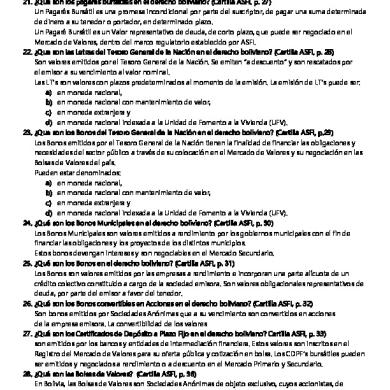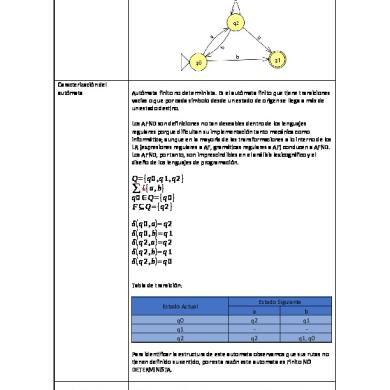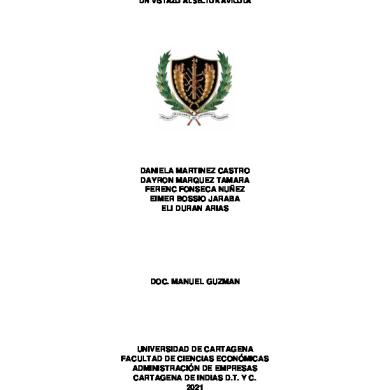2nd Oxyfuel Combustion Conference
Air Separation Units for Oxy-coal Power Plants Neil Prossera and Minish Shaha* a
Praxair, Inc., 175 E Park Dr, Tonawanda, NY, USA.
Keywords: Air Separation Unit; Cryogenic; Low Purity; Oxygen; ASU
1. Oxygen Supply Needs for Oxy-coal Power Plants While the majority of worldwide oxygen plants produce oxygen at high purity (>99.5% by vol.), there are many applications where lower purity oxygen (90% – 98% by vol.) is satisfactory. In such cases, it is usually more cost effective to use low purity oxygen. For oxy-coal power plants, low purity oxygen supply is adequate. The purpose of the air separation plant is to eliminate nitrogen from the combustion process so that the flue gas from the boiler is concentrated in C O2 , and can be purified easily. Purification of the flue gas to at least 95% CO2 will be required by the downstream CO2 processing unit (CPU). The selection of the optimum oxygen purity from the air separation unit (ASU) involves a trade-off between the cost of higher pu rity oxygen production and the savings from the CPU for lower impurity levels in the flue gas. The optimal oxygen purity, considering the overall system, is in the range of 95% to 97%. Very large quantities of oxygen will be needed for oxy-coal power plants. Commercial scale power plants with gross output of 500 MW will require 7,000 – 9,000 tonnes/day of oxygen. It is expected that this need will best be met with two air separation plants. Plants of this size offer more opportunity for efficiency gains compared to the smaller plants designed fo r other applications. Oxygen pressure at the point of injection with the recycled flue gas stream is at most 0.2 barg (3 psig). 2. Current State of the Art for Low Purity O2 Production Figure 1 shows a schematic of an efficient, low purity oxygen air separation process that Praxair has employed in a number of facilities. The process is covered by U.S. Patent 5,463,871. Compressed, prepurified air is supplied to the system. The majority of this air is fed to the primary heat exchanger (PHX). A small portion of the feed air supplies the upper column turbine/booster, which serves to produce refrigeration for the cryogenic process. The combined booster and turbine serves to raise the pressure of the air before it is turbo-expanded, in order to reduce the refrigeration air flow need. The turbo-expansion efficiently removes energy from the air stream. Praxair designs and builds state-of-the-art turbo-expanders. Another portion of the feed air is raised in pressure by the booster air compressor (BAC).
* Corresponding author. Tel.: +1-716-879-2623; fax: +1-716-879-7931. E-mail address:
[email protected].
2
PHX
Nitrogen Superheater
Waste Nitrogen
Upper Column
Oxygen Boiler Product Gas Oxygen
BAC
Air from PP
Liquid O2
Side Column
Lower Column
Figure 1. Low Purity Oxygen Production Process The primary heat exchanger is a brazed aluminum heat exchanger where the feed air streams are efficiently cooled against warming product streams. The primary heat exchanger is a bank of identical heat exchangers among which the cooling and warming stream flows are equally distributed. The nitrogen superheater, which is shown as a separate heat exchanger, is often deployed in a combined service heat exchanger with the PHX. The cooled air streams are fed to the distillation column system, where the air is separated into the desired products. This system is designed to efficiently produce low purity, gaseous oxygen. As opposed to the conventional air separation system, which is based on single reboiler, this system uses two reboilers, one at the base of the side column, and the other at the base of the upper column. These two points of thermal integration enable a power savings for this process of about 10%, compared to the double column, when low purity oxygen is made. The cold main feed air exiting the PHX is partially condensed against boiling oxygen in the reboiler at base of the side column, after which it is supplied to the lower column. A relatively pure nitrogen stream is produced at the top o f the lower column. This stream is condensed against an oxygen rich mixed fluid in the base of the upper column. A portion of the condensed nitrogen is returned to the lower column to provide reflux and the remainder is withdrawn, subcooled in the nitrogen superheater, and fed to the top of the upper column for reflux. The lower column operates at elevated pressure because this is necessary for the more volatile nitrogen to condense against the oxygen rich mixed fluid in the reboiler-condenser at the base of the upper column. The two reboilers enable thermal contact of impure streams, which provides a large reduction in air pressure and is the source of power compared to the double column, where thermal contact between nearly pure nitrogen and product oxygen takes place in a single reboiler-condenser. A liquid stream enriched in oxygen is withdrawn from the base of the lower column. This stream is also subcooled in the nitrogen superheater, and fed to an intermediate point in the upper column. The upper column, also called the low pressure column, operates slightly above atmospheric pressure. A nitrogen rich stream, called waste nitrogen, is produced from the top of the upper column. An oxygen rich mixed liquid from the base of the upper column is fed to the side column. Product oxygen is produced at the base of the side column. The side column operates at the same pressure as the upper column, and can be considered as an extension of the upper column. Product oxygen in liquid form is withdrawn from the base of the side column. The oxygen boiler is located so that liquid oxygen will increase in pressure due to gravity head before it is boiled. This enables the oxygen to be
Author name / Energy Procedia 00 (2011) 000–000
3
produced at elevated pressure. Air from the BAC condenses against the boiling oxygen in the oxygen boiler. Condensed liquid air is fed in optimal proportions to the lower column and upper column. Gaseous product oxygen and waste nitrogen are warmed to near ambient temperature in the PHX. 3. Designing ASU for Oxy-Coal Plants For large capacity requirements of oxy -coal application, it is possible to make the ASU more efficient without incurring significant capital cost penalty and lower overall oxygen supply cost. Improvements can be made in both the process configuration and equipment design. These advances can lower the specific power consumption fo r oxygen supply by 10 – 20% compared to the current state of the art. This paper will describe the following process configurations and equipment design modifications being considered by Prax air and their impact on the power efficiency improvement and complexity of the ASU. Process improvements: An additional, lower pressure air feed can be provided by supplying a portion of feed air directly to the lower pressure column of the distillation system without significantly affecting the oxygen recovery from the process. Supplying a portion of feed air at lower pressure reduces the power consumption. For the process of Figure 1, dual air feed pressures allow the location of the intermediate reboiler in the upper column to be optimized, providing further power reduction. A cold compressor can be used to supply a portion of the nitrogen from the lower column to provide a heat source fo r the bottom reboiler (Figure 1) instead of air. This concept eliminates one stage of air compressor and replaces it by a cold compression stage that consumes lower power. Cold compression also allows the location of the intermediate reboiler in the upper column to be optimized, and it uses less power than dual air feed pressures A third reboiler can be added to effectively reduce the average air feed pressure and hence the power consumption. In addition to thes e process improvements, the following equipment improvements are necessary to further reduce the power cons umption: Downflow condensers enable tighter temperature pinches and lead to further reduction in lower column pressure. The pinch temperature in this heat exchanger can be reduced to very low level to reduce the operating pressure of the lower column. State of the art adiabatic stage efficiencies for very large air compressors can be improved by 3 – 5% for large machines. The pressure drops in the air and waste nitrogen circuits can be reduced by 20 – 50%. If all of these improvements can be realized, the net power consumption for oxygen supply will be reduced by 20% over current state of the art.













